Hi there, pet lovers! 🐢
Today, we’re diving into the fascinating world of Sulcata Tortoises. These colossal yet charming reptiles are the third-largest tortoise species in the world, often reaching up to 100 pounds or more as adults. Let’s see how these gentle giants measure up!
Overview
Sulcata Tortoises (Centrochelys sulcata), also known as African Spurred Tortoises, are one of the most impressive and beloved tortoise species in the reptile-keeping world. Known for their massive size, gentle demeanor, and fascinating behaviors, these tortoises are a favorite among experienced reptile enthusiasts. However, their unique care requirements and long lifespan make them a significant commitment.
Here’s a quick summary of what makes Sulcata Tortoises stand out:
- Handling and Temperament: Gentle and docile but require strength to handle due to their size.
- Care and Maintenance: Moderate to high-maintenance, with significant space and environmental needs.
- Health and Durability: Extremely hardy with proper care, but sensitive to improper conditions.
- Availability: Widely available for adoption, especially as rescues.
- Cost: Affordable to adopt but expensive to house and maintain.
- Overall: A rewarding pet for dedicated owners with the space and resources to meet their needs.
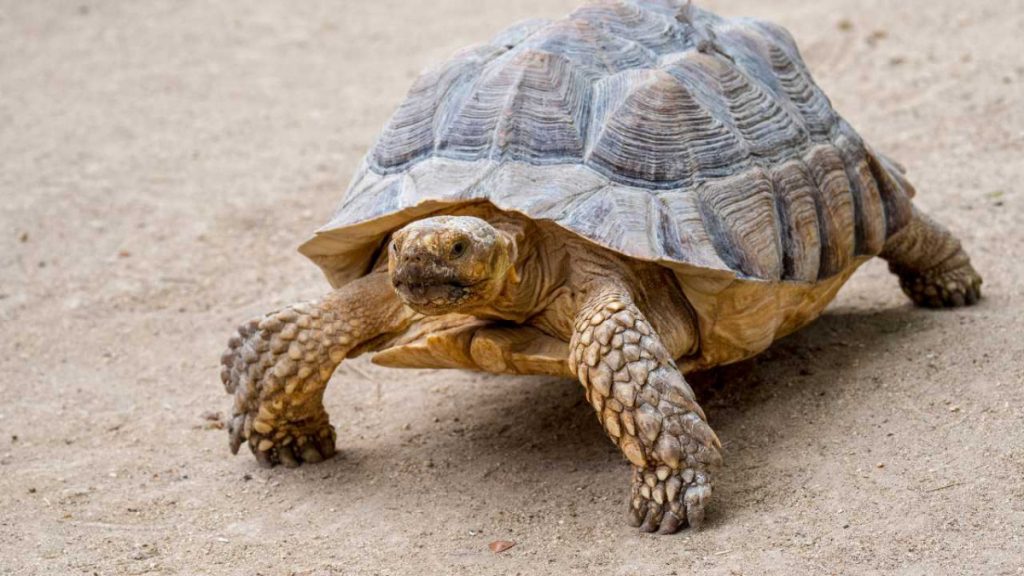
Why Choose a Sulcata Tortoise?
Sulcata Tortoises are ideal for reptile enthusiasts who are prepared for a long-term commitment and have the space to accommodate their large size. These tortoises are known for their calm and friendly nature, making them a joy to interact with. However, their care requirements, including a spacious outdoor enclosure, a specific diet, and consistent environmental conditions, mean they are best suited for experienced or highly dedicated owners. Their long lifespan (70+ years) and unique behaviors make them a fascinating and rewarding companion for those who can provide the necessary care.
Handling and Temperament
Sulcata Tortoises are gentle giants, known for their calm and docile nature. They are not aggressive and rarely bite, making them safe to handle. However, their size and weight (adults can weigh 70–100 pounds or more) mean that handling requires strength and care. Improper handling, such as gripping their legs, can cause injury to both the tortoise and the handler.
Key Points About Handling:
- Gentle Nature: Sulcatas are not prone to biting or scratching, making them safe to interact with.
- Size Considerations: Adults are heavy and require strength to lift. Always support their body properly to avoid injury.
- Stress Responses: When stressed, Sulcatas may release a large amount of water. While not harmful, it’s something to be aware of during transport or handling.
- Tail and Shell Care: Avoid excessive handling, as it can cause stress. Their shells are strong but should be treated with care to prevent damage.
Overall, Sulcata Tortoises are easy to handle when necessary, but their size and weight mean they are not a pet for frequent lifting or cuddling.
Care and Maintenance
Sulcata Tortoises have specific care requirements that must be met to ensure their health and well-being. Their large size and need for outdoor space make them a high-maintenance pet, but their care is straightforward for those who can provide the necessary resources.
Enclosure Setup:
- Outdoor Enclosure: Sulcatas thrive in outdoor environments where they can roam and graze. A secure, spacious yard with sturdy fencing is essential to prevent escapes, as they are strong diggers.
- Indoor Enclosure: For those in colder climates, a custom-built indoor enclosure is necessary. It must be large, well-ventilated, and equipped with heat and UVB lighting.
- Substrate: Use a mix of soil and sand to allow for natural digging behaviors. Avoid loose substrates that can cause impaction if ingested.
Humidity and Temperature:
- Temperature: Sulcatas prefer warm climates, with daytime temperatures between 75–90°F. Nighttime temperatures should not drop below 70°F.
- Humidity: Moderate humidity is ideal. Provide a shallow water dish for soaking and hydration.
Diet:
- Primary Diet: Sulcatas are herbivores and thrive on a diet of grasses, hay, and leafy greens. Timothy hay and orchard grass are excellent staples.
- Supplements: Offer calcium-rich vegetables like collard greens, mustard greens, and dandelion greens. Avoid spinach and broccoli, as they can interfere with calcium absorption.
- Feeding Schedule: Provide fresh food daily, ensuring a variety of greens and occasional fruits as treats.
Lighting:
- UVB Lighting: Essential for indoor enclosures to support shell and bone health. Natural sunlight is ideal for outdoor setups.
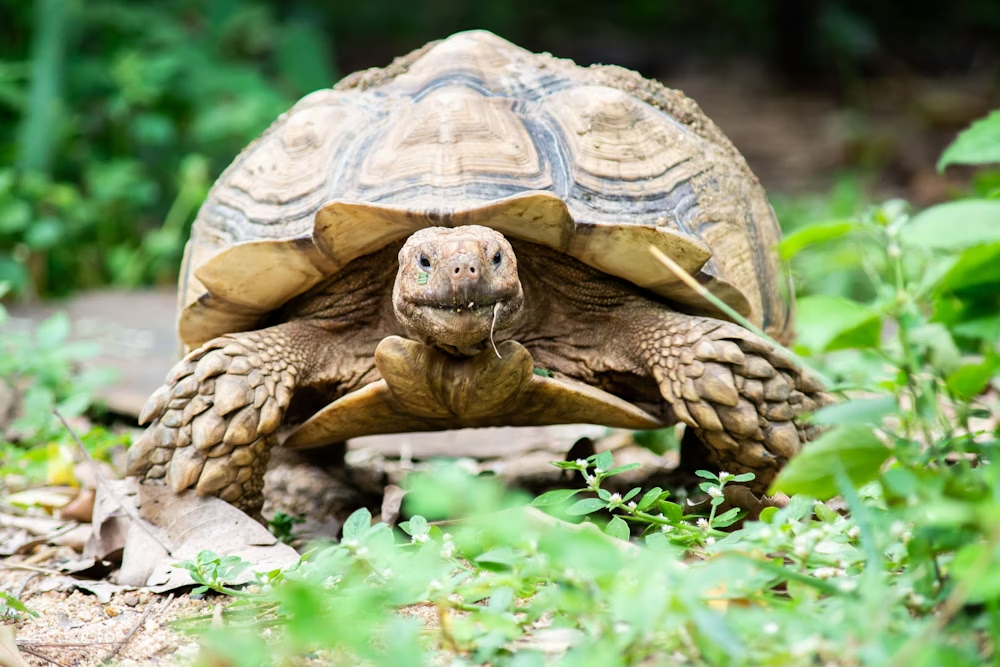
Health and Durability
Sulcata Tortoises are incredibly hardy and can live for 70 years or more with proper care. However, they are sensitive to environmental changes and require consistent conditions to thrive.
Common Health Issues:
- Pyramiding: A shell deformity caused by improper diet or humidity levels.
- Respiratory Infections: Often due to excessive humidity or poor ventilation.
- Dehydration: Occurs if they do not have access to fresh water or a humid environment.
Preventative Care:
- Regular Checkups: Schedule annual vet visits to monitor their health.
- Proper Diet: Ensure a balanced diet with adequate calcium and fiber.
- Clean Environment: Maintain a clean enclosure to prevent infections and parasites.
With proper care, Sulcata Tortoises are resilient and can live long, healthy lives.
Availability and Cost
Sulcata Tortoises are widely available, particularly as rescues. Many people adopt them as hatchlings without understanding their eventual size and needs, leading to a high number of adults in need of homes.
Where to Adopt:
- Rescue Organizations: The best option, as they often provide healthy, well-cared-for tortoises.
- Reptile Expos: A great place to meet breeders and rescues.
- Online Platforms: Websites like Craigslist may have listings, but caution is advised.
Cost Breakdown:
- Adoption Fee: Typically ranges from $50 to $200, depending on the source.
- Enclosure Costs: Outdoor setups require sturdy fencing, while indoor enclosures can cost several hundred dollars to build.
- Ongoing Costs: Food, lighting, and vet care can add up over time.
Pros and Cons
Pros:
- Gentle and docile temperament.
- Fascinating behaviors and long lifespan.
- Hardy and resilient with proper care.
- Widely available for adoption.
Cons:
- Requires significant space and resources.
- High upfront and ongoing costs.
- Sensitive to environmental changes.
- Long lifespan requires a lifetime commitment.
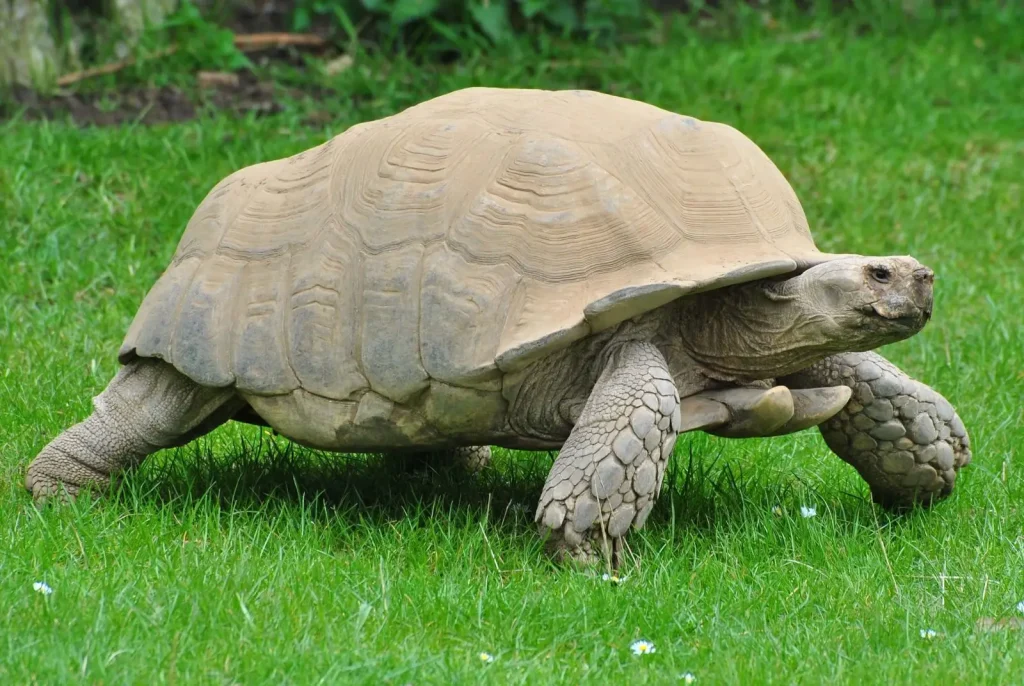
Final Thoughts
Sulcata Tortoises are a fantastic choice for dedicated reptile enthusiasts who have the space, time, and resources to meet their needs. Their gentle nature, impressive size, and long lifespan make them a rewarding companion for those who can provide the proper care. However, their significant requirements mean they are not suitable for everyone. If you’re considering a Sulcata Tortoise, we highly recommend adopting a rescue to give a deserving tortoise a second chance.
Have you owned a Sulcata Tortoise? Share your experiences and tips in the comments below! We’d love to hear how you care for your turtle and what makes them special to you.
For more reptile care tips and reviews, stay tuned to our blog and don’t forget to subscribe to our newsletter! 🐢

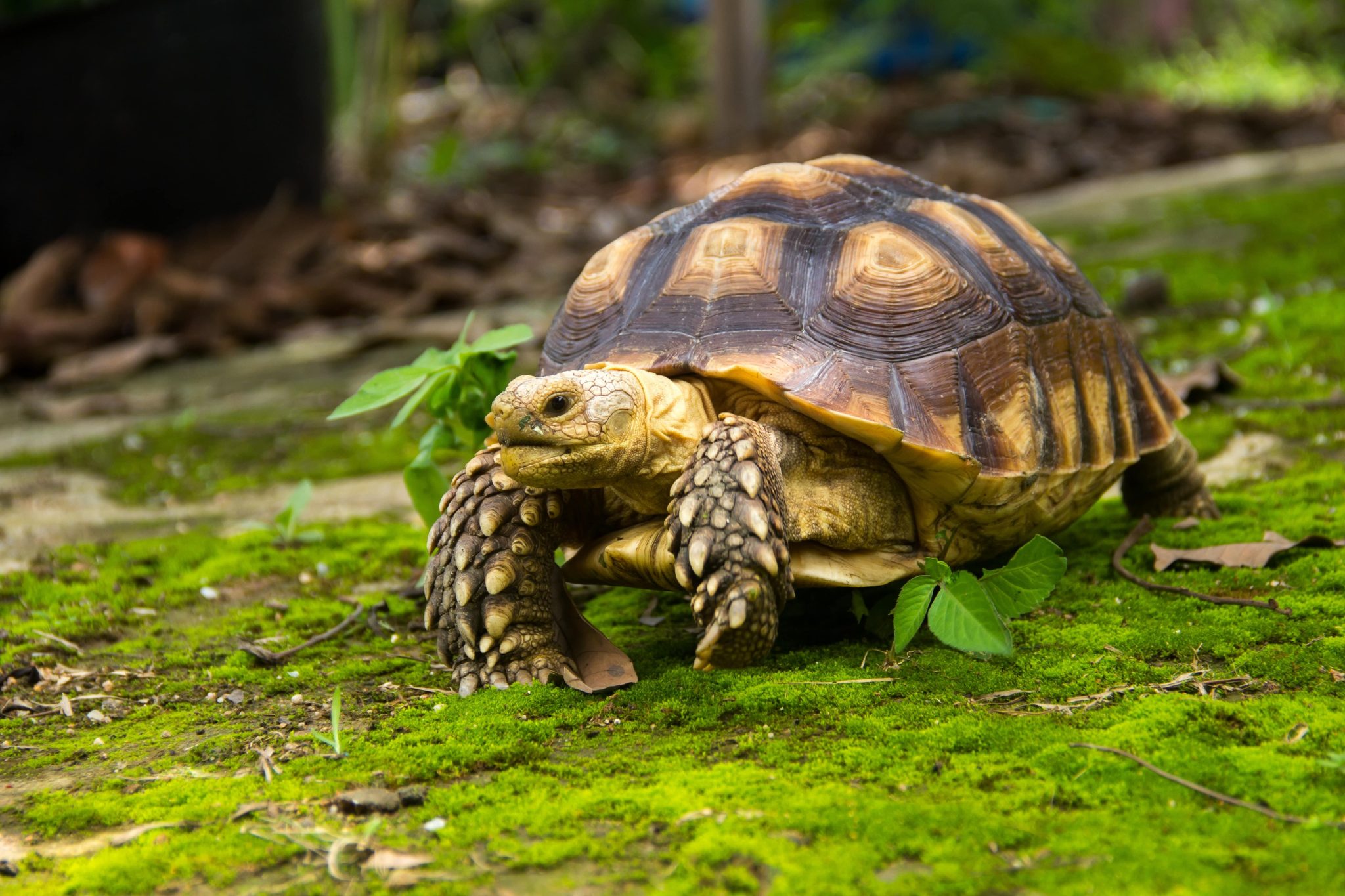

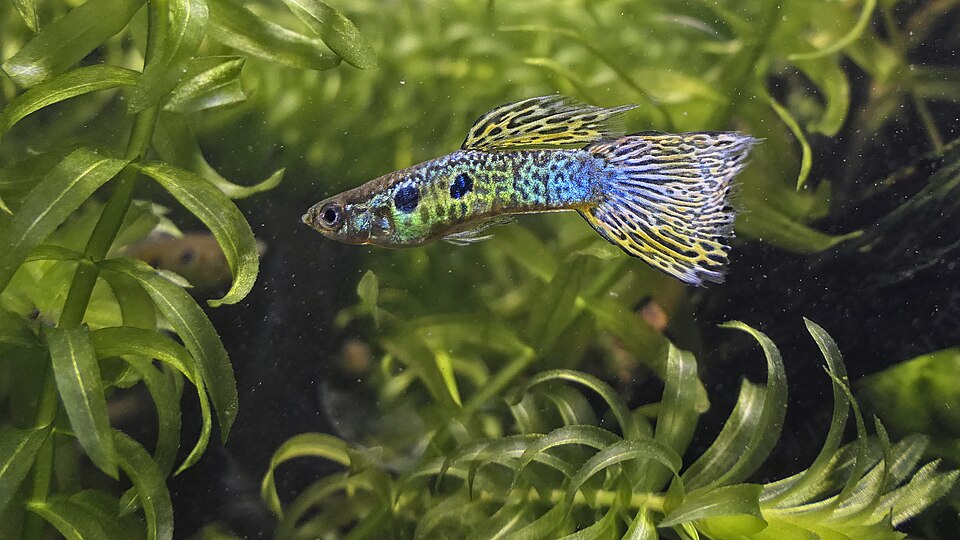
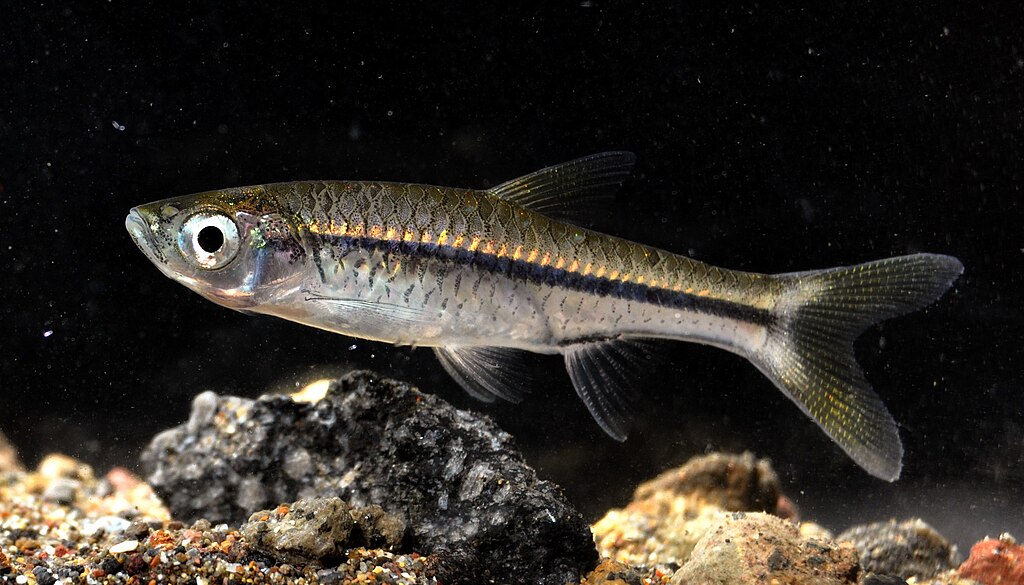
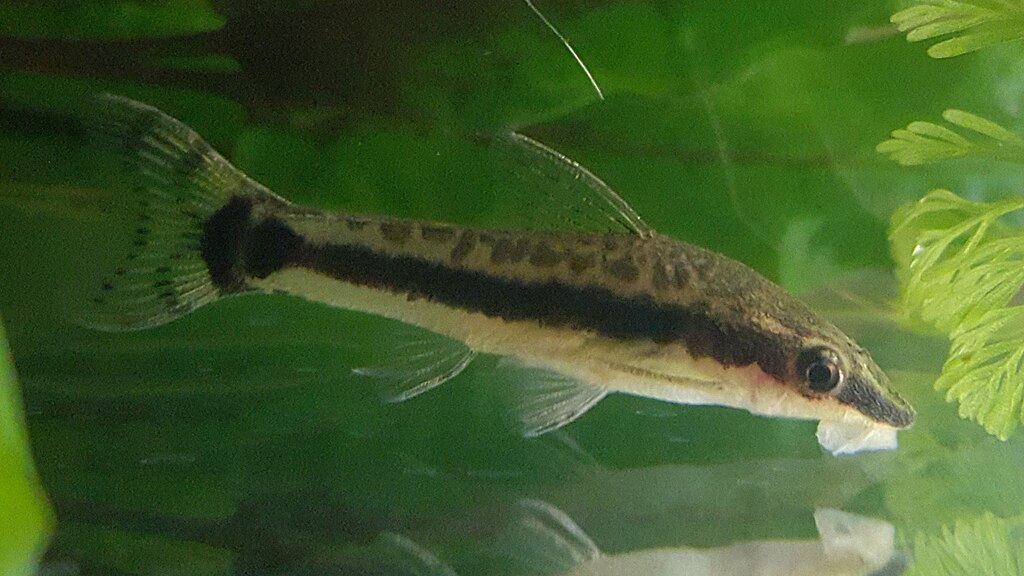

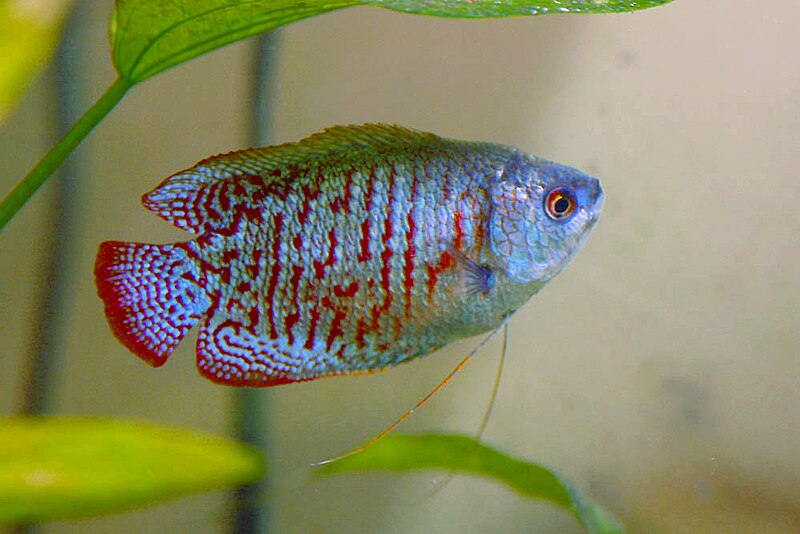
Leave a Reply